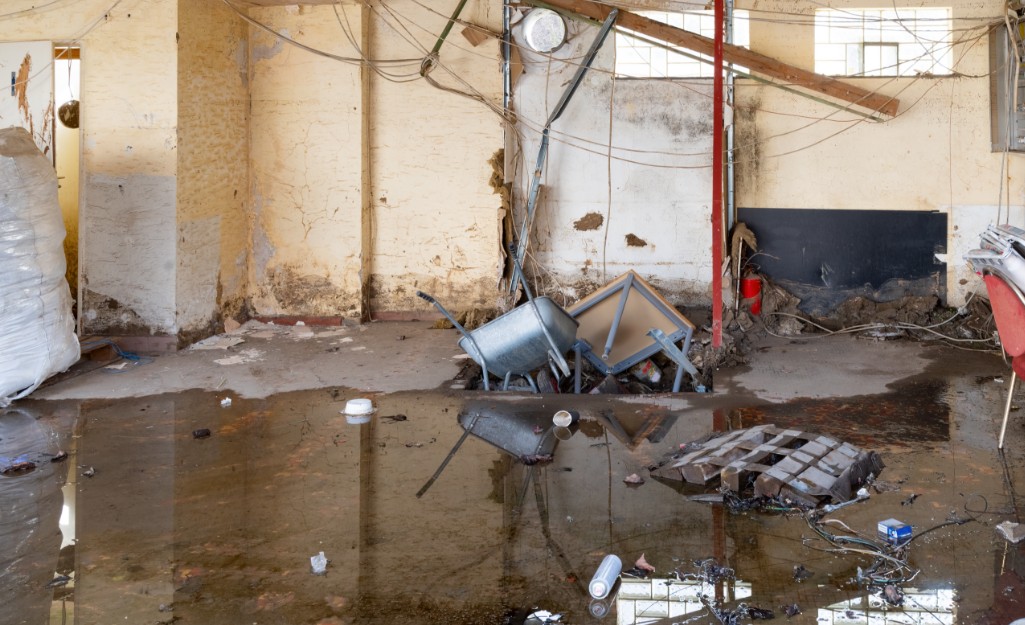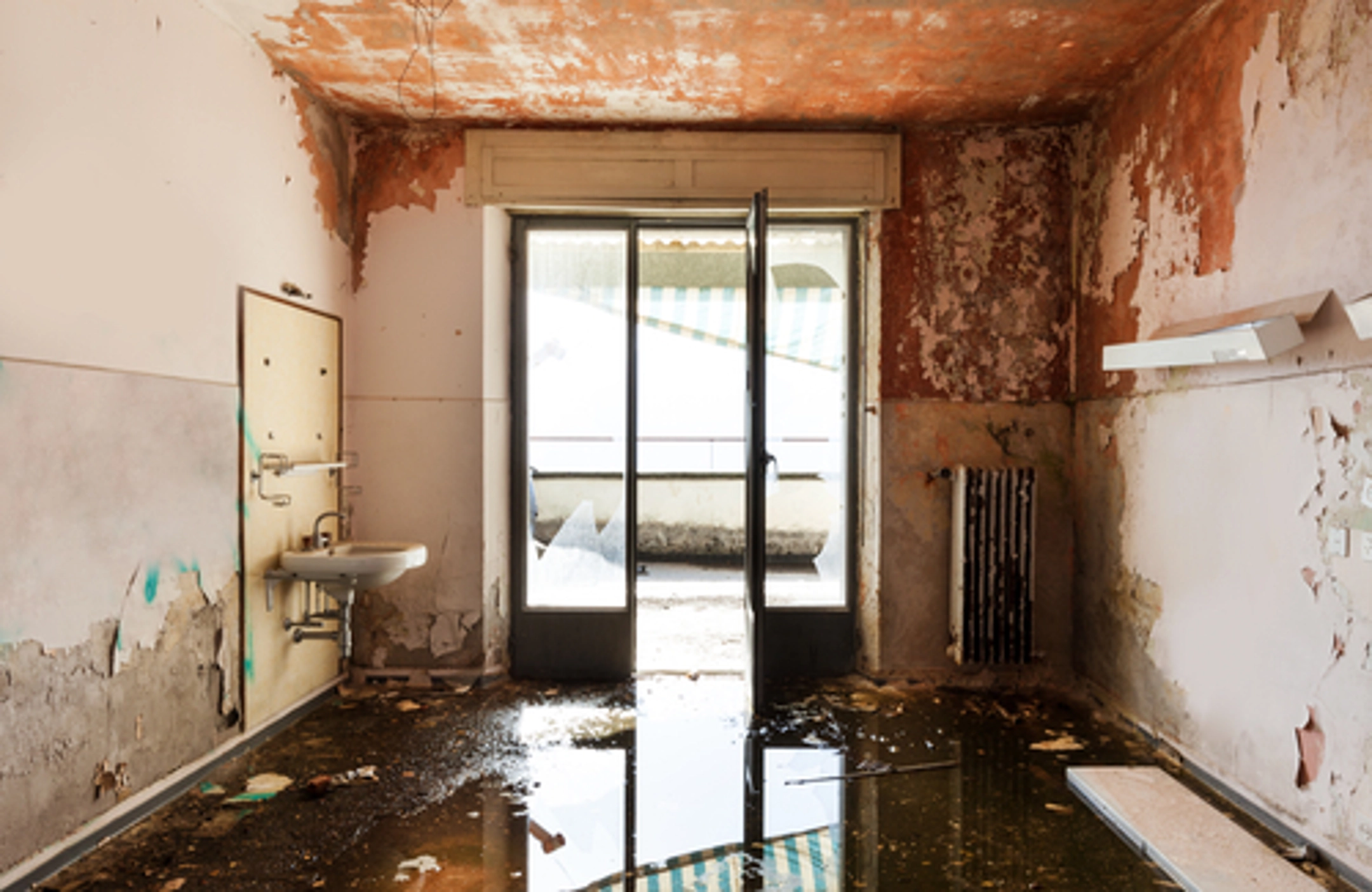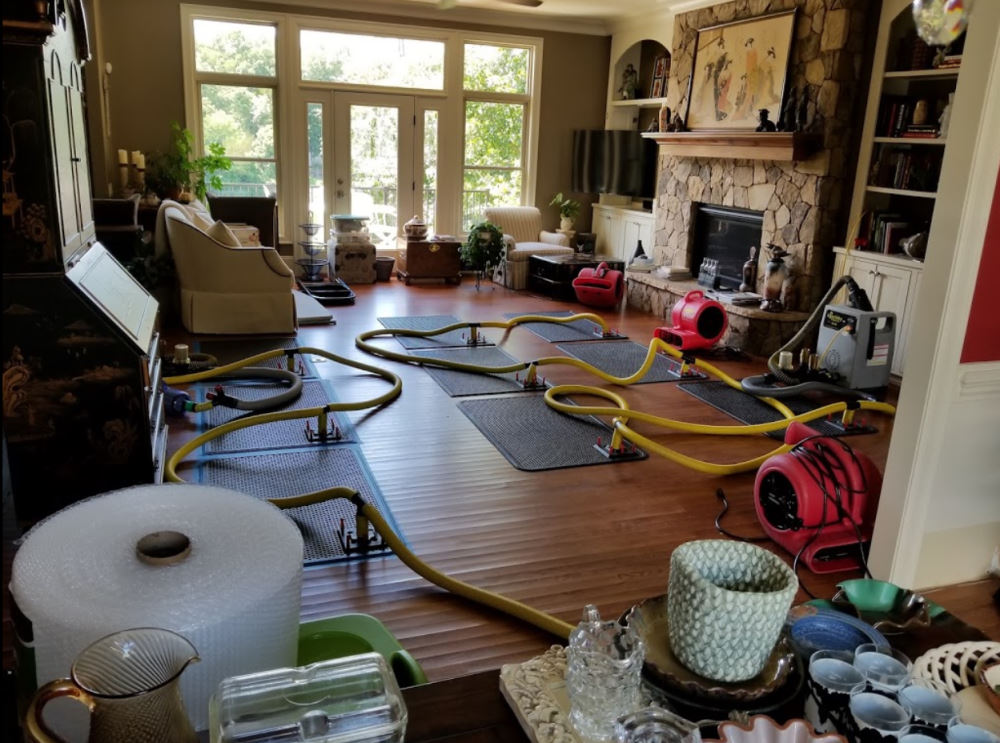Smoke Damage Restoration vs. DIY Cleaning: Which Is Right for You?
Smoke Damage Restoration vs. DIY Cleaning: Which Is Right for You?
Blog Article
The Full Overview to Browsing the Difficulties of Water Damages Restoration
Water damages can strike all of a sudden, leaving you with an intimidating mess to tidy up. Understanding the causes and assessing the extent of the damage is crucial. Your instant actions can make a considerable distinction in the result. But what actions should you take first, and exactly how can you guarantee you're safeguarded moving onward? The answers exist in a thorough method to restoration that every home owner ought to understand.

Comprehending the Causes of Water Damage
Water damage can strike all of a sudden, often leaving you rushing to attend to the consequences. Recognizing the sources of water damages is essential for prevention. Water Damage Cleanup. Usual offenders consist of dripping roofings, ruptured pipelines, or malfunctioning home appliances. You may additionally come across concerns with your plumbing systems, like clogged drains or sewage backups, which can result in considerable water intrusion. Weather-related events, such as heavy rains or flooding, can additionally damage your residential property. In addition, the age of your home plays a duty; older structures often have deteriorating materials that are a lot more vulnerable to leakages and damage. Even small concerns, like condensation from HVAC systems, can accumulate and trigger issues over time. By recognizing these potential sources of water damage, you can take proactive actions to guard your home and decrease future threats. Remaining notified will encourage you to acknowledge very early indicators and act quickly when problems develop
Evaluating the Extent of the Damages
Once you have actually identified a prospective water damages problem, evaluating the level of the damages is crucial for establishing the appropriate feedback. Begin by checking the impacted locations completely. Seek visible indications like water spots, warped floorings, or peeling paint. Do not neglect to inspect covert spots, such as behind walls or under carpets, where moisture may linger.Next, established the kind of water involved-- tidy, grey, or black-- considering that this impacts the severity of the damage and necessary removal actions. Use a dampness meter to determine moisture levels in floorings and walls, aiding you recognize sticking around wetness that can result in mold growth.Document everything with pictures and notes, as this details can be critical for insurance claims. By properly evaluating the damages, you'll be much better geared up to determine on the right repair technique and avoid additional concerns down the line.
Immediate Steps to Take After Water Damage
After experiencing water damages, the first thing you need to do is analyze the circumstance carefully. Prioritizing your safety and security is essential, so make certain the area is safe before taking any kind of additional steps. Do not neglect to document whatever thoroughly, as this will be very important for insurance coverage claims and repair efforts.
Analyze the Damages
Examining the damages promptly is crucial for decreasing the impact of water intrusion. Begin by examining the affected locations to establish the level of the water damages - Water Damage Repair. Seek visible indicators like soaked carpetings, warped floors, and tarnished wall surfaces. Inspect for surprise water, too, particularly in crawl areas and behind devices. Utilize a moisture meter if you have one, as it can aid identify areas that need attention. Record every little thing with photos and notes; this will certainly be beneficial for insurance coverage cases. Keep in mind to examine your items too-- furniture and personal products may need specialist cleansing or disposal. By understanding the degree of the damages, you can make informed decisions regarding the following action in the reconstruction procedure
Focus On Security First
Comprehending the level of water damage is simply the beginning; your safety comes. Prior to you go into a water-damaged area, make specific to shut off the electrical energy and gas supply to stop any kind of hazards. Put on safety gear, consisting of boots and handwear covers, to shield yourself from impurities. Be cautious of structural instability-- floors, walls, or ceilings might have compromised. If the water is coming from a sewage source, prevent contact and phone call professionals for aid. Maintain pets and children away from the afflicted location. Leave instantly if you smell gas or see electric stimulates. Bear in mind, prioritizing your security guarantees you can effectively attend to the damages without danger to your wellness. Constantly err on the side of care.
File Whatever Extensively
As you begin dealing with water damages, recording every little thing extensively is essential for both insurance cases and remediation efforts. Begin by taking clear photographs of the influenced locations, capturing the level of the damage. Make certain to note the date and time of the incident. Develop a checklist of damaged things, consisting of furniture, appliances, and individual belongings, together with their approximated worths. Videotape any kind of activities you take, like contacting experts or moving items to avoid further damage. Maintain all invoices and invoices related to the remediation process. When submitting a case and help the repair team understand the situation better, this documents will certainly strengthen your instance (Water Damage Repair). Bear in mind, complete paperwork can make a significant distinction in your recuperation journey

Alleviating Additional Problems and Preventing Mold and mildew Development
When water damages takes place, acting promptly can considerably minimize the threat of additional issues, specifically mold growth. First, remove any kind of standing water making use of pumps or wet vacuums. Next, dry out the impacted areas extensively. Open up home windows, use fans, and think about dehumidifiers to quicken the drying out procedure. Purpose for a moisture level below 60% to hinder mold and mildew spores from settling.Inspect all products and surface areas affected by water; dispose of anything that can not be appropriately dried out, like soaked carpets or drywall. Clean and decontaminate staying surfaces with a mix of water and detergent, or a specialized mold-preventive solution.Keep an eye on the area over the following couple of weeks. Address it promptly if you observe any kind of musty scents or staining. Bear in mind, punctual activity not only prevents mold growth but additionally safeguards your building and health.
Collaborating With Water Damages Restoration Specialists
After taking immediate steps to minimize water damages and stop mold and mildew development, it's time to consider expert assistance. Water damage reconstruction professionals have the know-how and tools required to handle substantial damages efficiently. When you reach out, prepare to define the situation carefully. This aids them examine the extent of the damage and prepare accordingly.Once they get here, expect an extensive examination and a comprehensive strategy for remediation. They'll utilize specialized tools to extract water, dry out impacted areas, and disinfect your area. Do not think twice to ask concerns during the procedure; understanding their methods can alleviate your concerns.You should likewise discuss timelines and what to anticipate at each stage of the restoration. Teaming up openly with these professionals warranties you remain notified and included, aiding you regain your room more efficiently. Trust fund their competence, and you'll see your home return to its pre-damage condition.
Browsing Insurance Coverage Cases for Water Damage
Maneuvering insurance claims for water damage can really feel frustrating, especially if you're unfamiliar with the process. First, evaluate your insurance plan to comprehend what's covered. Look for specifics on water damages, as not all plans treat it the exact same. File the damage extensively-- take images and make notes regarding what took place and when.Next, call your insurance supplier promptly. Record the damage and supply them with your documentation. They'll appoint an insurer to assess the circumstance. Be prepared to address inquiries and offer extra information as needed.Stay arranged throughout read more the procedure. Maintain a document of all interactions, including dates, names, and information of discussions. If your claim is refuted or you feel it wants, don't be reluctant to appeal. Know that perseverance can pay off, so advocate for yourself to guarantee you obtain the insurance coverage you're qualified to.
Tips for Future Water Damage Prevention
To maintain your home secure from water damage, regular upkeep checks are essential. Don't neglect the worth of installing water discovery systems, as they can alert you to leaks before they become significant issues. By remaining proactive, you can save yourself time, cash, and tension later on.
Routine Maintenance Checks
While it might appear laborious, conducting regular maintenance checks can greatly lower the risk of future water damages in your home. Start by checking your roof for missing tiles or leakages; also small problems can rise promptly. Inspect downspouts and gutters to ensure they're clear and routing water far from your structure. Look for indicators of dampness in cellars or crawl spaces, and address any leaks from pipelines or home appliances right away. Keep in mind to test your sump pump frequently to verify it's functioning properly. Do not neglect about your washing machine pipes; change them every few years to avoid burst calamities. By staying aggressive with these checks, you'll conserve on your own time, money, and stress in the lengthy run.
Mount Water Detection Systems

Often Asked Inquiries
The length of time Does the Water Damage Repair Refine Normally Take?
The water damages remediation procedure typically takes anywhere from a few days to several weeks, depending on the level of the damage. You'll intend to act swiftly to lessen more problems and speed up the process.
Can I Remain In My Home During the Repair Process?
You can remain in your home throughout the repair process, yet it relies on the level of the damage. If it's severe, it's much safer to briefly relocate up until the work's finished and your home's risk-free.
What Personal Items Can Be Salvaged After Water Damages?
After water damage, you can usually recover items like garments, books, and electronics, provided they're not saturated or moldy. Always examine their problem quickly and get in touch with specialists for suggestions on remediation and safety.
Are There Any Kind Of Do It Yourself Methods for Restoring Water-Damaged Items?
Yes, you can use DIY techniques to recover water-damaged things. For furniture, air-dry and apply a timber conditioner. For textiles, wash them extensively and air-dry. Always check for mold prior to attempting any type of reconstruction.
Exactly How Can I Recognize Hidden Water Damages in My Home?
To recognize concealed water damages, check for water spots on ceilings and walls, listen for trickling sounds, really feel for wetness in products, and check out locations near pipes for indicators of mold or mold growth. As soon as you've determined a prospective water damage issue, reviewing the level of the damage is necessary for figuring out the appropriate feedback. As you start resolving water damages, recording every little thing extensively is vital for both insurance policy cases and restoration efforts. Water damages restoration professionals have the competence and equipment required to deal with extensive damage properly. Installing water detection systems can be a game-changer for preventing future water damage in your home. The water damage remediation process commonly takes anywhere from a couple of days to numerous weeks, depending on the degree of the damages.
Report this page